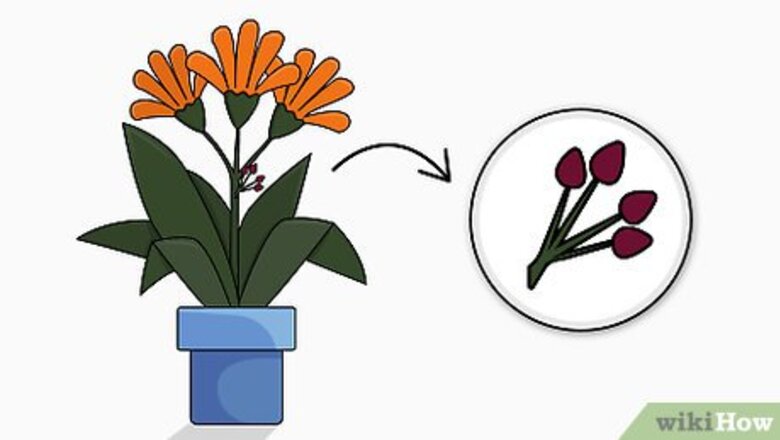
views
Germinating Bush Lily Seeds

Harvest bush lily berries when they are ripe. You can get bush lily berries from existing bush lily bushes that you have in your garden or on your property. If you don't own any bush lilies, you will have to purchase the seeds. Bush lily berries can be found hanging off of the plant's stems. Wait until the bush lily berries are large, soft, and develop a deep red or yellow color. Then, pluck the berries from the plant. Removing the seeds from the berries before they are ripe may prevent germination. Bush lily berries typically ripen in the spring.

Purchase seeds if you don't have access to the berries. If you don't have access to any bush lily plants, you'll have to purchase the seeds online or at a gardening or flower shop.
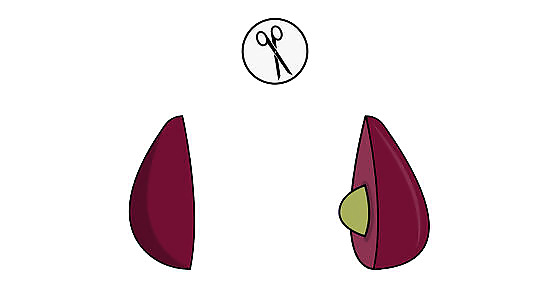
Carefully remove the seeds from the berries. If you harvested the seeds yourself, cut open the berry with a knife and pull out the seed in the center of the berry. Carefully peel away the clear membrane surrounding the seed. Be careful not to puncture or scratch the surface of the seed while you remove the membrane. Wear gloves when handling bush lily seeds. If you purchased the seeds, they will already be separated from the berry and the clear membrane surrounding the seed.

Soak the seeds in water overnight if they aren’t fresh. If you had the seeds lying around for a day or two or you purchased the seeds, you’ll want to soak them in a dish of water overnight to rehydrate them. If you removed the seeds from the berries on the same day, you can skip this step.
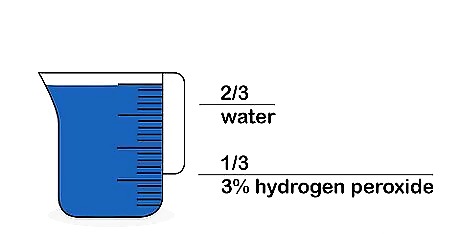
Create a solution of 1 part hydrogen peroxide with 2 parts water. Mix together a solution of 1 part of 3% hydrogen peroxide with 2 parts of water. This solution will clean the seed and remove any bacteria that may inhibit growth and germination.
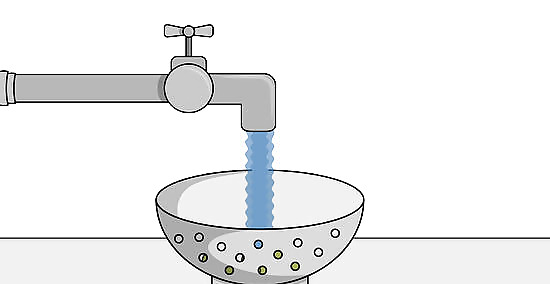
Swish the seeds in the solution then rinse the seeds with water. Swish the seeds around in the solution to clean them. Rinse the seeds under the faucet in your kitchen to wash away any leftover hydrogen peroxide solution.
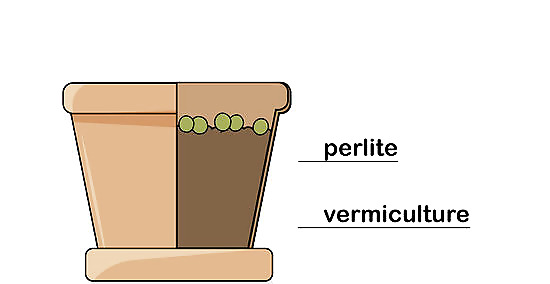
Place the seeds in a pot on top of a mixture of perlite and vermiculite. Pour a mixture of perlite and vermiculite in a pot that has good drainage. Perlite and vermiculite are porous materials that will aid in germination and can be purchased online or at a gardening store.
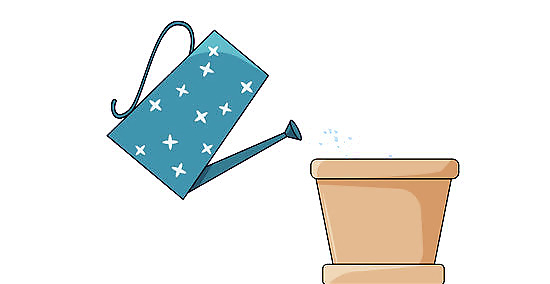
Water the perlite and vermiculite. Pour water over the material in the pot to make it moist. Continue keeping the material moist by occasionally watering it as the seed germinates. Make sure not to overwater the material and don't let it sit in standing water.
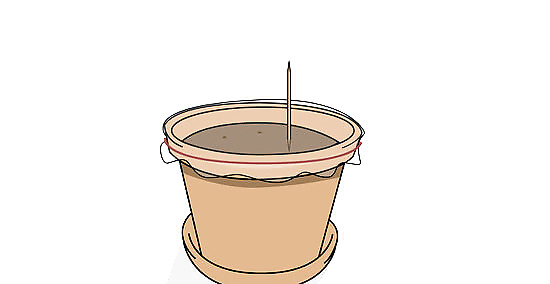
Cover the top of the pot with plastic wrap. Put plastic wrap over the top of the pot. This will help trap heat and condensation in the pot and will aid in the germination process. Poke a couple small holes in the top of the plastic wrap with a pen or knife to allow oxygen into the pot.
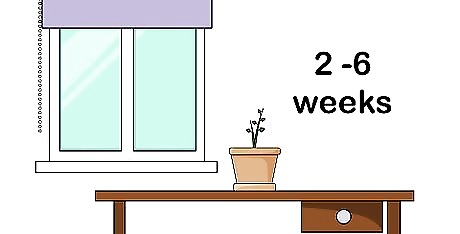
Let the seeds rest for two to six weeks near a window. Move the seeds to a warm area in your house that gets sunlight. Over the span of two to six weeks, the seeds should germinate and grow their first leaf. Once the seed germinates, you should properly plant the bush lily in a pot to promote further growth.
Planting Bush Lily Seedlings

Fill a pot with loam compost. Make sure that the pot is at least 6 inches (15.24 cm) deep and has drainage holes on the bottom of it. Choose a loam based compost that is high in organic material. You can purchase a bag of this soil at a home and gardening center, hardware store, or online. Do not use manure to grow your bush lilies. Bush lilies will die in standing water.
Dig a 3-inch (7.62-cm) deep hole in the soil. Use a spade or small shovel to dig a hole in the soil. This hole is where you’ll put the bush lily seedling. Do not put more than one seedling in each pot.

Place the germinated seed in the hole. Put the seedling in the hole, making sure that the leaves are above the soil. Once the germinated seed is in the hole, cover it with the compost. The bush lily seedling is now properly planted in the pot.
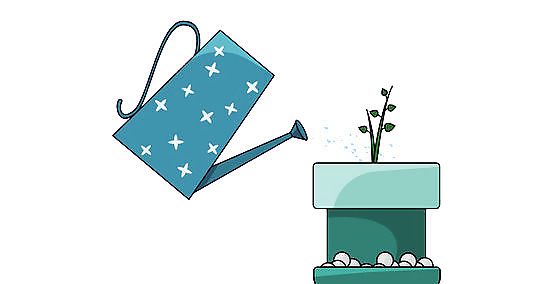
Water the bush lily. Water your bush lily thoroughly when you first plant it. The soil should be moist an inch down from the soil's surface. Let the soil that the lily is in dry out before you water it again. You can determine the soil's moistness by pushing your finger into the soil. Make sure there is no standing water in the saucer or the bottom of your pot.
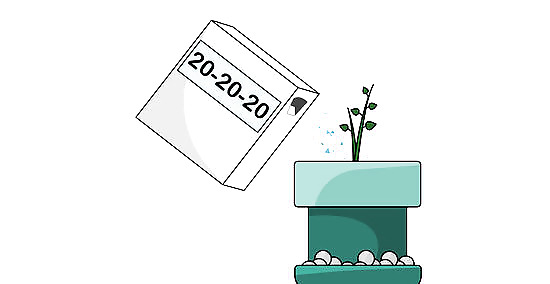
Fertilize your bush lily once a month. While your bush lily is flowering, put a 20-20-20 soluble fertilizer into the soil that your bush lily is in once per month. This will promote growth and flowering in the future. Stop fertilizing the bush lily approximately six weeks after blooming, then begin again in the early spring. 20-20-20 fertilizer is an all-purpose fertilizer that has a balanced level of nitrogen, phosphorous and potassium.

Rest your bush lily in the late fall and winter. Place the bush lily in a cooler area where it won’t go above 50°F (10°C). In mid-January, you should bring the bush lilies back to a warm area in your house where it can get sunlight.
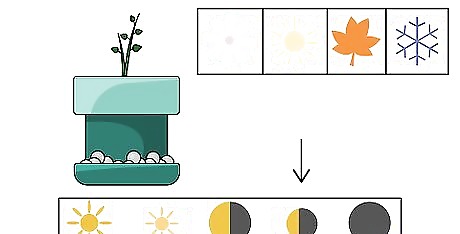
Reduce the water supply when the plant is resting. While the plant is resting during the winter, reduce its water supply by half. Once the winter is over, continue to water the plant weekly and add fertilizer it once a month. Bush lilies will bloom somewhere between April-July.
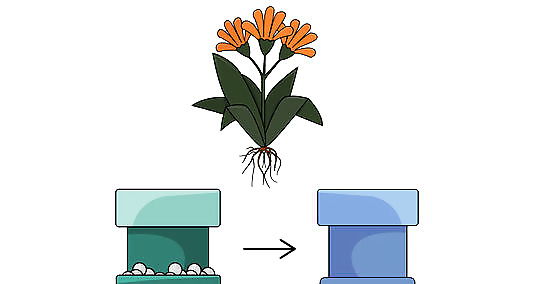
Repot the plant once it grows too large. When your bush lily grows 8-10 leaves, check the root ball in the pot to see if you need to repot your plant. If the root ball is starting to become too large and the roots are compacted, carefully dig out the root ball with a spade and replant it in a pot that’s at least 2 inches (5.08 cm) bigger than the last one. Continue to re-pot your bush lily as the rootball gets too big for the pot. Seedlings will take three to four years to flower. Make sure to thoroughly water the plant once you re-pot it, making sure that the soil under the plant is moist. Once your bush lily is matured, it will only need repotting every 5-6 years.
Planting Bush Lily Outdoors
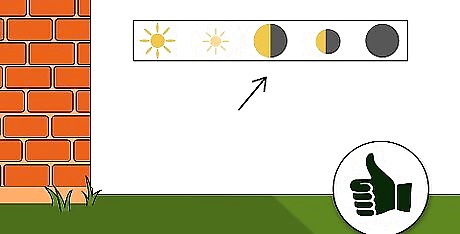
Find a suitable spot to grow your bush lilies. Bush lilies can grow naturally in hot and damp woodland areas in places like Australia, Mexico, and South Africa. They are found naturally under the cover of evergreen trees. For this reason, plant the bush lilies in the shade during the spring and summer. Do not plant bush lilies in areas where they will be exposed to direct sunlight or they may get damaged. Wait two years before planting your bush lilies outside. If you are growing a bush lily from the seeds, you should pot it first, then plant it outside once the plant has matured. Bush lilies thrive in pots because you can transport them if it gets too cold outside.
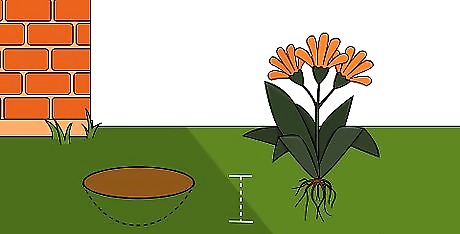
Dig a hole in your yard big enough for the bush lily. Measure the root ball of the bush lily that you want to plant. Dig a hole deep enough to cover the roots but leave the the leaves and flowers above the soil. Leave an extra 2 inches (5.08 cm) of space for the compost and mulch.
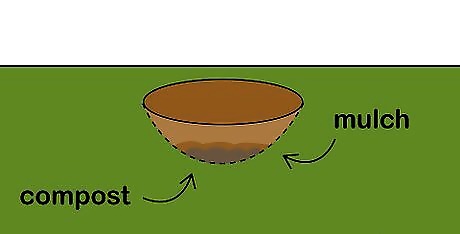
Lay down a thin layer of compost and a 2-inch (5.08 cm) layer of mulch. Purchase a high potassium compost online or at a home and gardening store. Lay down the compost and mulch in the hole where you plan on planting the bush lilies.
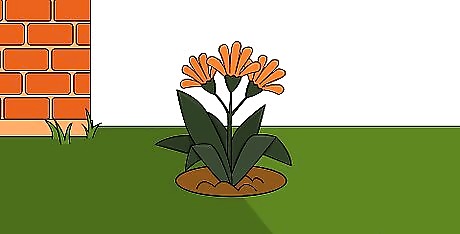
Place the rootball in the hole and cover it with compost. Place the root ball of your plant into the hole during the spring. Once the rootball is in the hole, cover it with soil. Make sure that the soil you're planting the bush in is porous soil high in organic material.
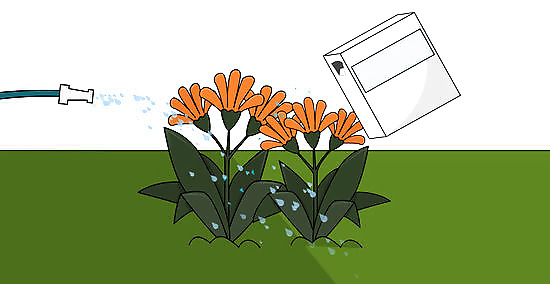
Fertilize and water the bush lilies. Because bush lilies are in the shade, there's a chance they won't receive as much water as surrounding plants and bushes. You can purchase a 20-20-20 fertilizer at gardening stores, online, or at home improvement stores. Water the lily weekly, and amend the soil surrounding it with a 20-20-20 fertilizer once every two weeks in the spring. This will encourage strong growth and flowering. 20-20-20 fertilizer is an all-purpose fertilizer that has a balanced level of nitrogen, phosphorous and potassium.

Bring the plants inside before it gets too cold. If you live in an area where the temperature changes during the seasons, it’s important to transplant your bush lilies to a pot before the first frost. Move the lilies inside to a garage, basement, or area where it won’t get too cold. You can then replant the lilies in your yard during the spring when the temperature starts to rise. When removing the plant from your yard, make sure to dig carefully around the rootball so that you don't sever or damage any roots. Replanting lilies may inhibit their flowers from blooming.
Look for signs of insect infestation or disease. Be vigilant in your observations so that any issues can be treated immediately. You can avoid mildew and rot by not overwatering. Apply an insecticide soap to combat insect activity as soon as you notice it. Insecticides can be found at your local garden shop.
















Comments
0 comment